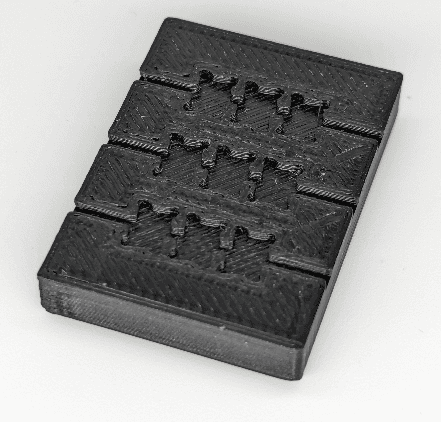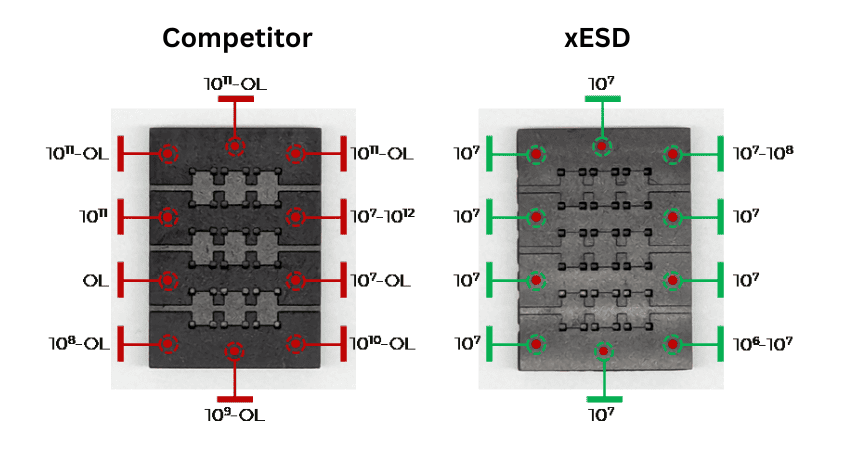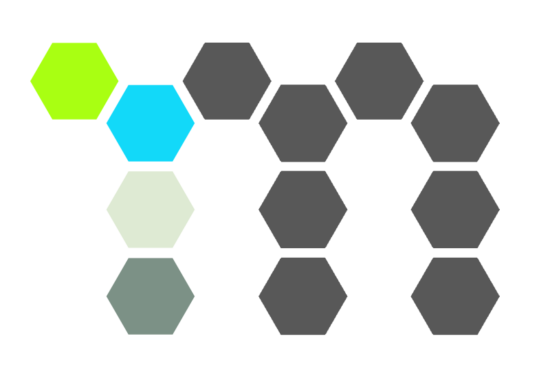Challenge
To address lengthy lead times and high cost associated with machined parts, a manufacturer of ultra-miniature semiconductor components, decided to explore the potential of Additive Manufacturing (AM). The customer’s prerequisites for the AM equipment and material were twofold: achieving a high level of feature resolution and ensuring the material had static dissipative capabilities. Initially, the customer explored Fused Filament Fabrication (FFF) as a potential solution. Regrettably, this option fell short of meeting the intricate feature requirements and ultimately failed to attain the necessary precision.

The photo of the FFF part shows inadequate resolution of the features, which renders part unusable.
Solution and Results
To meet demand for high-res static dissipative components, our customer chose static-dissipative resins for vat photopolymerization systems. Comparative study of Mechnano’s xESD resin for Nexa XiP and competitor’s resin and SLA machine combo was performed. The competitor’s resin exhibited inadequate dispersion quality and surface roughness issues, which adversely impacted the static dissipative performance of the components. In contrast, xESD resin demonstrated outstanding uniformity in its static dissipative performance.

ESD measurements map showing the range of resistance values collected from each location. The Competitor part failed to deliver acceptable levels of ESD protection. The xESD part displayed nano-uniform ESD performance throughout the component.
The transition from outsourced machining services to in-house fabrication using xESD/XiP, allows the customer to achieve an impressive reduction in part lead time from 8 weeks to a mere 2 hours and a substantial cost reduction of 84%.
Click the link below to download the full case study.


